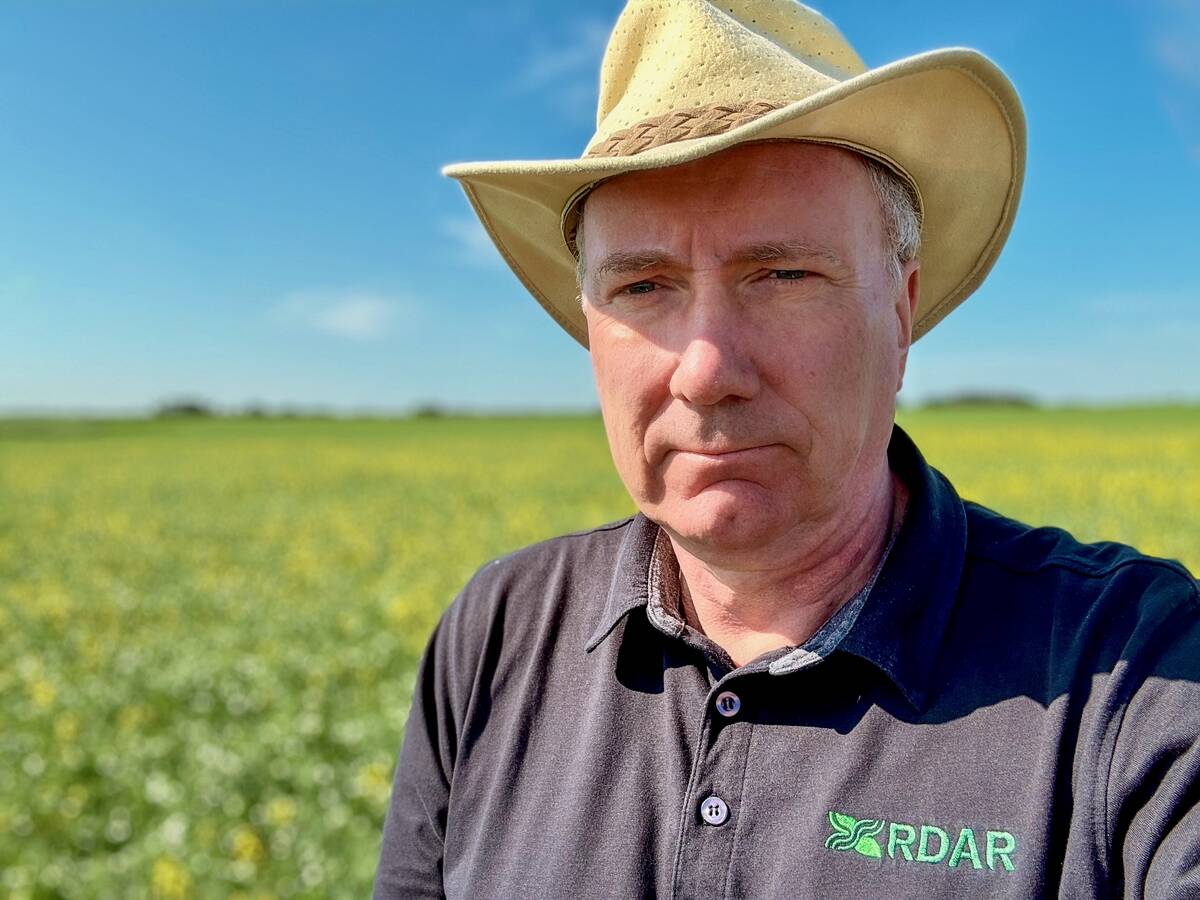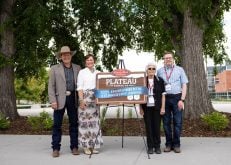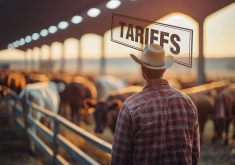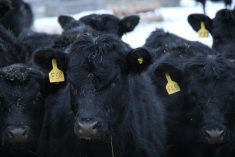It’s the first of its kind in North America, it brings fresh meat to consumers in the portions they choose, and it’s happening in the northwestern Manitoba town of Russell.
The E Butchery on Main, created by Nerbas Bros. Angus, brings direct consumer marketing and vending machines together for the ease of producers and consumers.
“It merges kind of traditional ways of farming and connections to producers but yet incorporates modernization and technology at the same time,” said Arron Nerbas.
Read Also

RDAR continues to become more relevant and useful to producers five years after its inception
RDAR has already amassed a strong resume five years after its inception.
Nerbas Bros. Angus, works with Cut-Rite Meats Manitoba, an abattoir and meat processing facility in central Manitoba. Cut-Rite Meats kills, hangs, cuts and vacuum seals the meat in clear packages, and delivers them to The E Butchery on Main. The cuts are then retailed individually.
The cashless, automated, self-serve business is essentially a vending machine where customers can choose meat ranging from a single cut to multiple items. On June 1, Nerbas Bros. Angus announced it had received verbal approval from Manitoba Health for the business, and The E Butchery on Main opened July 15.
Arron was searching for an innovative way to bring value-added business ideas to their operation, and the new store fits the bill. He was inspired by similar models he saw during a trip to Europe last year. He noticed that self-serve options are more common, particularly for eggs, milk and cheese, in that part of the world.
Arron connected with European farmers and vendors who were using vending machines to sell their products. After researching various options, he chose a machine that could handle the unique demands of selling frozen beef by weight.
“This is allowed for scaling. So, every individual tray is on a scale, and so when you remove the product, it knows exactly what weight is removed,” Arron said.
Setting up the machine presented challenges. The vending industry is typically geared toward smaller, lower-value items, so adapting the technology to handle larger, more expensive products like beef posed several technical and regulatory hurdles.
“There were set-up issues, mostly to do with the vending industry, which is generally set up for smaller amounts,” Arron said. “You take a can of Coke, you take it out, and you’re good. But when you’re setting up for larger dollar items and multiple items in a single transaction, it’s a different story.”
While setting up the business, Arron and his team also dealt with payment processing limits and ensured the machine could handle multiple items in a single transaction.
Community response has been positive and the novelty of the vending machine concept has generated curiosity and interest.
“People have been quite receptive to that,” Arron said. “I mean, I know it’s not going to appeal to everybody, and I knew that from the start.”















